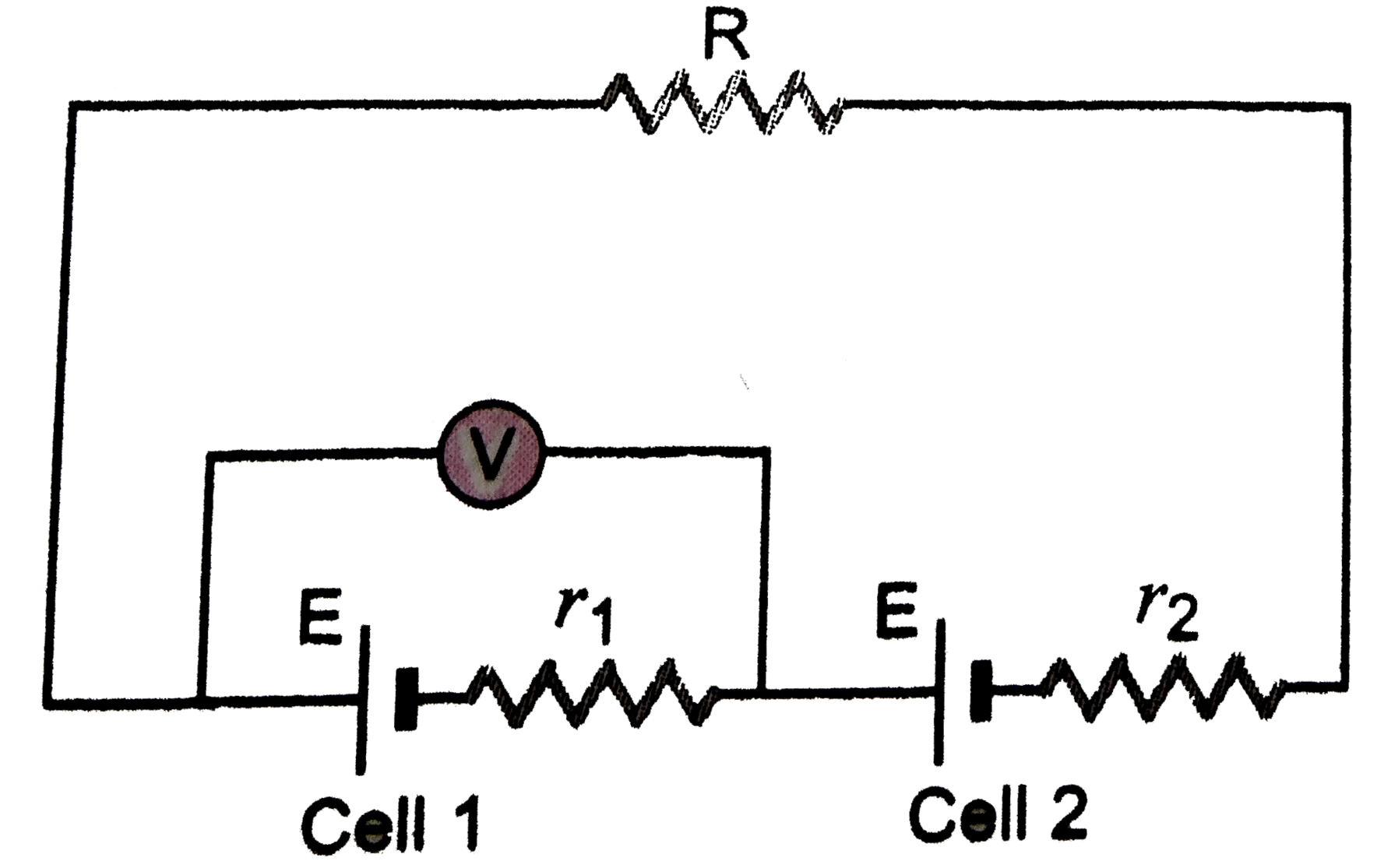A : Sharpest vision is iin fovea centralis.
R : The relationship of receptor to bipolar cells to ganglion cells is 1:1:1 within fovea centralis .
If both Assertion & Reason are true and the reason is the correct explanation of the assertion, then mark (1).
If both Assertion & Reason are true but the reason is not the correct explanation of the assertion, then mark (2).
If Assertion is true statement but Reason is false, then mark (3).
If both Assertion and Reason are false statements, then mark (4).
The correct Answer is:B
Step by step video, text & image solution for A : Sharpest vision is iin fovea centralis. R : The relationship of receptor to bipolar cells to ganglion cells is 1 : 1 : 1 within fovea centralis . by Biology experts to help you in doubts & scoring excellent marks in Class 12 exams.
Topper's Solved these Questions
- BOOK - AAKASH INSTITUTECHAPTER - NEURAL CONTROL AND COORDINATION EXERCISE - Assignment SECTION - C (Previous Year Questions )64videos
NEURAL CONTROL AND COORDINATION
- BOOK - AAKASH INSTITUTECHAPTER - MORPHOLOGY OF FLOWERING PLANTSEXERCISE - TRY YOURSELF38videos
MORPHOLOGY OF FLOWERING PLANTS
- BOOK - AAKASH INSTITUTECHAPTER - ORGANISMS AND POPULATIONS EXERCISE - ASSIGNMENT (SECTION-D) (Assertion-Reason Type Questions)15videos
ORGANISMS AND POPULATIONS
Similar Questions
Knowledge Check
- Question 1 - Select One
Fovea centralis in the eye is the area of most acute vision. This is because it has
Aalmost all conesBalmost all rodsCboth rods and cones in almost equal numberDonly rods - Question 2 - Select One
The steps involved in the mechanism of vision are given below. Arrange them in proper sequence and select the correct option.
A. Dissociation of retinal from opsin and generation of potential difference in photoreceptor cells.
B. Focusing of the light rays in visible wavelength on the corner through the lens.
C. Generation of the action potential in ganglion cells through bipolar cells.
D. Analysis of neural impulse and formation of aa image on the retina.
E. Transmission of the action potential by the optic nerve to the visual cortex.AA,C,E,D,B,BB,A,C,D,E,CB,A,C,E,D,DC,B,A,D,E - Question 3 - Select One
A : Retina is arranged anatomically in reverse order from what might be expected.
R : The receptor cells are , towards the outside and ganglionic cells towards the inside and light must pass through the nerve cells to reach them.AIf both Assertion & Reason are true and the reason is the correct explanation of the assertion, then mark (1).BIf both Assertion & Reason are true but the reason is not the correct explanation of the assertion, then mark (2).CIf Assertion is true statement but Reason is false, then mark (3).DIf both Assertion and Reason are false statements, then mark (4).
Choose correct sequence of mechanism of vision
i. The light rays in visible wavelength focussed on the retina through the cornea and lens.
ii. Light induces dissociation of the retina from opsin resulting in changes in the structure of the opsin
iii. This causes membrane permeability changes
iv. Potential differences are generated in the photoceceptor cells rods and cones
v. This produces a signal that generates action potentials in the ganglion cells through the bipolar cells.
vi. These action potentials (impulses) are transmitted by the optic nerves to the visual cortex area of the brain
vii. Where the neural impulses are analysed and the image formed on the retina is recognised based on earlier memory and experienceView SolutionTwo cells of same emf ε but of different internal resistances r1 and r2 are connected in series with an external resistance R. The potential drop across the first cell is found to be zero. The external resistance R is
View SolutionGiven the area of the retina
1. Macula 2. Fovea centralis 3. Optic disc 4. Periphery of the retina
Choose the arrangement that lists the areas according to the density of cones, starting with the area that has highest density of conesView SolutionA cell of e.m.f E is connected to a resistance R1 for time i and the amount of heat generated in it is H. If the resistance R1 is replaced by another resistance R2 and is connected to the cell for the same time i, the amount of heat generated in R2 is 4H. Then the internal resistance of the cell is
View SolutionIn the circuit cell are of equal emfE but of difference internal resistance r1=6Ω reading of the ideal voltmeter connected across cell 1 is zero The value of the external resistance R is ohm is equal to
 View Solution
View Solution

